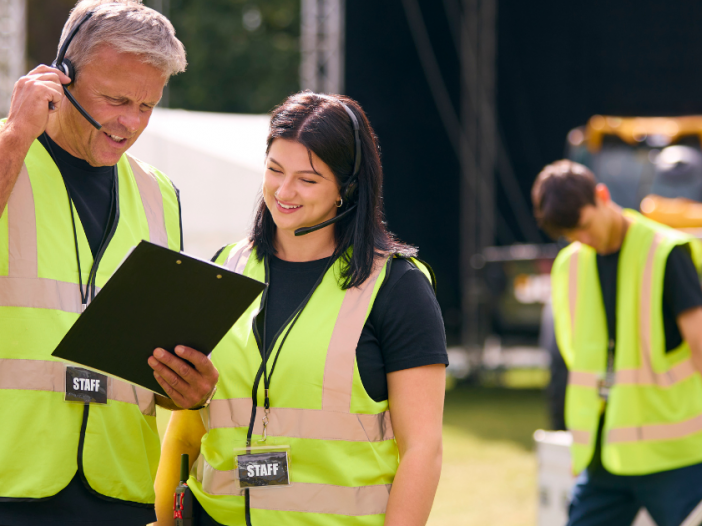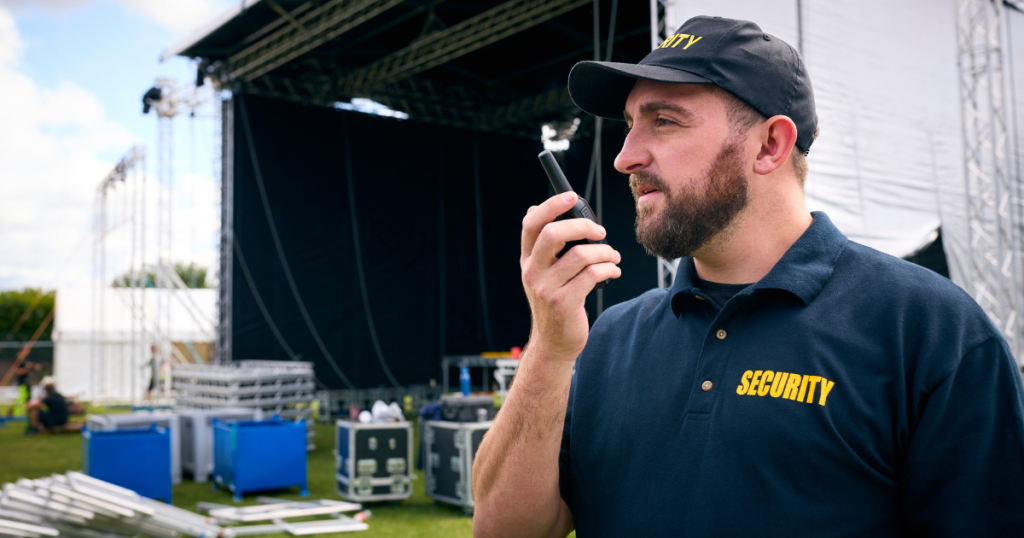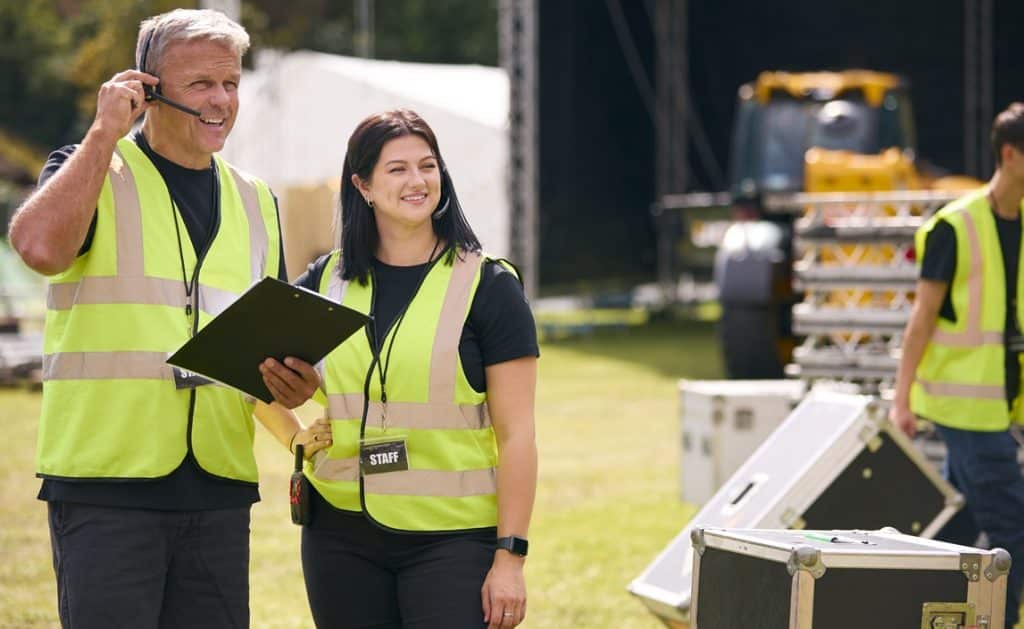
Every event, from vibrant music festivals to professional business gatherings and local community celebrations, comes with inherent risks that can jeopardize the safety of participants, staff, and property. As concerns about emergencies and security threats rise, it becomes imperative for event organizers to implement robust safety measures. This article outlines essential best practices for enhancing emergency response and event security, equipping organizers with the necessary tools to effectively protect their events and ensure a secure environment for all attendees.
Event Security and Emergency Response Tips

Tip 1. Conduct Thorough Risk Assessments
The first step in ensuring event safety is a comprehensive risk assessment. This involves examining the potential threats and vulnerabilities specific to the event and its location:
- Identifying Potential Risks: Evaluate factors like crowd dynamics, potential medical emergencies, fire hazards, weather-related risks, and threats of violence. Assess the event’s nature and scale to determine the most pressing safety concerns.
- Analyzing Incident Trends: Review past incidents at similar events or within the same geographic area. Understanding historical data can provide insights into common vulnerabilities and help anticipate possible challenges.
- Engaging Stakeholders: Involve local law enforcement, fire departments, and medical professionals early in the planning process. Their insights can guide safety protocols and address location-specific risks, enhancing preparedness for potential emergencies.
Tip 2. Develop a Comprehensive Security Plan
After assessing risks, the next step is to create a detailed security plan that addresses the unique requirements of the event:
- Staffing and Training: Hire professional security personnel and provide specialized training. This should include role-playing emergency scenarios, understanding crowd dynamics, and conducting response drills. Security staff should be easily recognizable and strategically positioned throughout the venue.
- Access Control Measures: Implement controlled entry and exit points. Use metal detectors, security scanners, and bag checks as necessary. Create a robust credentialing system to distinguish between different groups, such as staff, performers, and attendees, to limit access to sensitive areas.
- Communication Protocols: Establish reliable communication methods for all security personnel, medical staff, and event organizers. Utilize two-way radios, mobile apps, or emergency communication systems, ensuring that all staff are familiar with the procedures for relaying information quickly.
- Incident Response Procedures: Draft action plans for various emergencies, including medical crises, fires, or security threats. Clearly outline steps for personnel to follow in different scenarios, and ensure all staff are aware of these procedures through regular drills.
Tip 3. Crowd Management Strategies

Effective crowd management is essential for maintaining safety at any event. A well-thought-out crowd control plan should include:
- Venue Layout Planning: Design a layout that accommodates large crowds, with clearly marked entry and exit points, designated queuing areas, and accessible pathways. Factor in the locations of high-traffic areas, such as food vendors, restrooms, and stage or performance spaces.
- Emergency Exit Awareness: Clearly mark all emergency exits and communicate evacuation routes to attendees. Regularly train security staff on evacuation procedures and conduct practice drills to prepare for potential emergencies.
- Signage and Barriers: Use physical barriers to guide foot traffic and prevent overcrowding in certain areas. Signage should direct attendees to important locations like first aid stations, restrooms, and emergency exits.
Tip 4. First Aid and Medical Services
Preparedness for medical emergencies is critical to the safety of event attendees.
- Medical Personnel On-Site: Coordinate with local medical services to ensure trained personnel are present at the event. Designate a specific first aid area that is well-equipped and easily accessible.
- Emergency Medical Services Coordination: Establish relationships with nearby hospitals and emergency services. Pre-arrange transport for potential medical evacuations if needed, and ensure the availability of first aid supplies such as defibrillators, bandages, and medication.
Tip 5. Utilize Technology for Enhanced Security
Leveraging technology can significantly improve event security. Here are some advanced tools and strategies that can enhance safety measures:
- Surveillance Systems: Deploy CCTV cameras and drones for real-time monitoring of the venue. High-definition cameras equipped with night vision and facial recognition can be particularly useful for identifying potential threats and documenting incidents.
- Access Control Systems: Employ electronic ticketing, RFID wristbands, or biometric scanners to manage entry points. These systems can help ensure that only authorized individuals gain access to restricted areas, improving crowd control and minimizing risks.
- Emergency Communication Tools: Use mass notification systems, two-way radios, and emergency alert apps to disseminate important information quickly during a crisis. These tools can reduce confusion and aid in the rapid mobilization of response teams.
Are you planning an event and want to ensure the highest safety standards?
Laparizone is an all-in-one platform for creating and managing events of any size. The platform features tools and resources to help you host a safe and successful event.
Implementing best practices in event security and emergency response is not just a legal obligation; it’s a moral one. By conducting thorough risk assessments, developing detailed security plans, utilizing technology, and coordinating with medical services, event organizers can significantly reduce risks and enhance the safety of their events.








